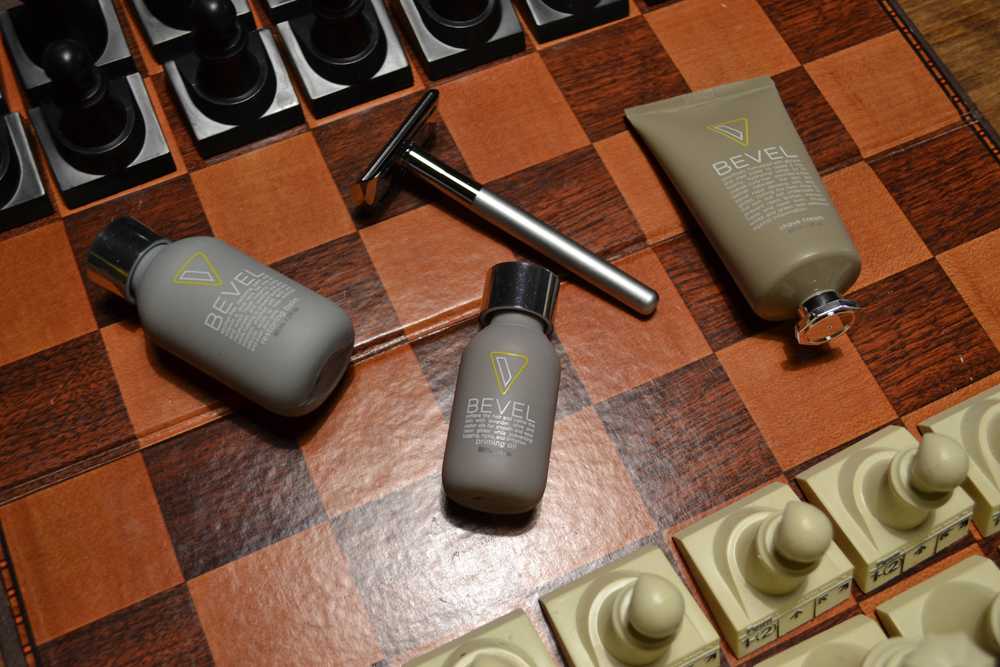Anyone exposed to American television in the early 80s might remember the hit series Different Strokes. The sitcom portrayed a story of two African American boys from Harlem (played by Gary Coleman and Todd Bridges) who were taken in by a rich white Park Avenue businessman and widower named Phillip Drummond (Conrad Bain) and his daughter Kimberly (Dana Plato), for whom their deceased mother previously worked. The sitcom represented the peak of prime-time television comedy in the U.S. at the time, while the themes of each episode reflected in a humourous way the societal issues of the day.
One throwaway joke during an episode that has embarrassingly stuck in my subconscious all these years came back to the fore of my mind when I read how Dollar Shave club raised another big investment round last week. The joke is corny and won’t seem funny to those who aren’t familiar with the characters. In a scene where the young Gary Coleman is studying for his school history exam, his adopted father quizzes him:
“What is the name of the famous blade used to decapitate royalty during the French revolution? I’ll give you a clue; it starts with the letter ‘G’.”
Coleman responds with his inimitable boyish smirk of confusion, “ummm, Gillette !?”
[I warned you it was it was corny].
Anyway, Dollar Shave Club’s funding round not only reminded me of this scene from Different Strokes, but also triggered my thinking more broadly about the Gillette story and the business model it inspired in so many of the startups I have backed.
Born in Wisconsin in 1855, King Camp Gillette invented a best-selling version of the safety razor, which to this day still bears his name. Although several models were in existence before Gillette’s design, Gillette’s innovation was the thin, inexpensive, disposable blade of stamped steel. Most notably, Gillette is credited (perhaps inaccurately) with conceiving the razor and blades business model: i.e. give away the razor for free (or at a pittance), and make money on the recurring business of selling razor blades.
It’s amazing how successful this business model worked for Gillette. The company attained a market value of $43 billion in 1999, eventually being acquired by Procter & Gamble, in which it remains a multi-billion dollar business division. Moreover, we see the Gillette business model everyday: subsidized smartphone contracts, Sony Playstations, HP Printers, Candy Crush, etc.
I believe this business model will endure; however, it looks like Gillette is finally facing serious disruption from new innovations (“What’cha talkin’ ’bout, Mr. G?).
The first modern assault on Gillette came from private-label razor blade cartridges, like those sold at Walgreens in the U.S., who offer cartridge refills in bland packaging with fine print that reads something like ‘fits Sensor 3 razors’). These private-label products sliced Gillette’s market share in two ways: offering essentially the same blades at lower prices; and stocking refills for discontinued Gillette razors, enabling consumers to opt out of Gillette’s arms race of forced upgrade cycles.
Then came the hipster look, the democratization of bespoke shaves at the barbershop, and Movember, (although cutting in the other direction was the spread of the sport of triathlon with its growing flock of leg-shaving wanna-be’s, so let’s call this one a draw).
The 
Speaking of b
Even though all is not so smooth now, Gillette had an impressive run. What lessons might we draw for starting a business today? Here are my suggested takeaways from this piece if you’ve been reading this far:
- There seems to be a paucity of subscription razor blade services in Europe. Am I wrong? Other than Cornerstone in the UK, how many ‘euro shave clubs’ are out there?
- Although the trend of subscription commerce has lost its luster, the model seems intact in the category of replenishable utility products, like razor blades and diapers.
- Better yet, the razor and blades business model is alive and kicking.
- Establishing a direct link with customers has value: witness DSC’s ambition to upsell its monthly razor blade subscribers on other bathroom products.
- Never underestimate the value of knowing your market (Bevel) and knowing how to market (DSC).
- Gillette, in its capacity as an incumbent, responded to the disruptive innovators by launching its own subscription service, even at the risk of cannibalizing its existing business.
- Child actors face disproportionally higher odds of misfortune when they reach shaving age.
- The blade employed for the French beheadings at Place de la Concorde was called the Guillotine (and Arnold passed his history exam).
Did you like it? 4.7/5 (29)









